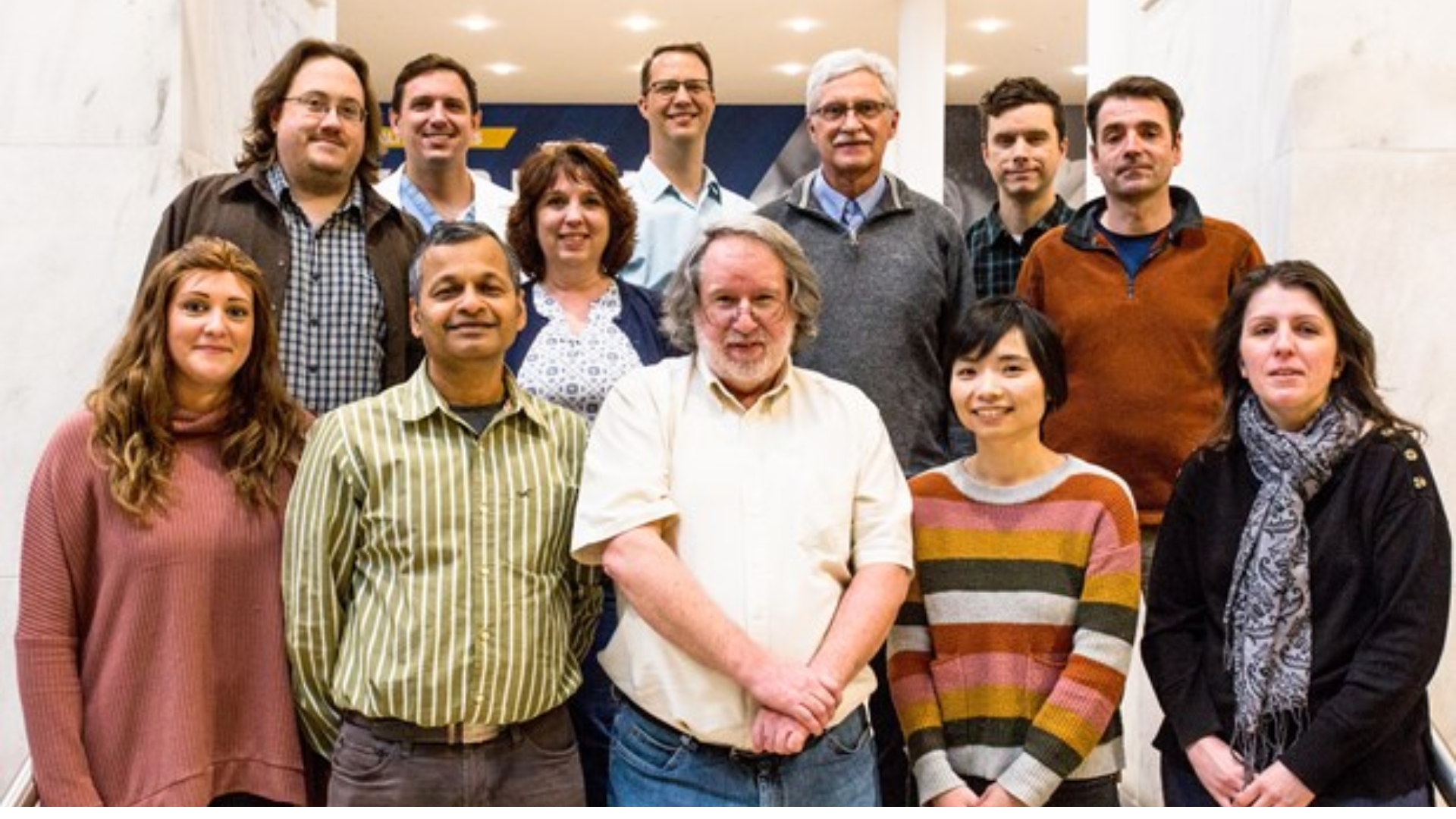PROJECT SUMMARY/ABSTRACT: The overarching goal of the Visual Sciences CoBRE (VS-CoBRE) is to optimize infrastructure and mentoring to support a sustainable, multidisciplinary, and collaborative research environment at WVU around visual sciences. The establishment of the VS-CoBRE will strengthen the scientific community focused on understanding processes that are essential to visual health with the long-term goal of contributing to novel approaches for prevention and treatment of blinding diseases that disproportionately affect Appalachia’s population. West Virginia has the 2nd highest rate of visual disability in the nation, and the incidence is projected to double by 2050. We will achieve our goals by completing the following aims: Aim1, Support Project Leaders (PLs) to achieve independent extramural funding; Aim 2, Promote the fundamental understanding of the visual system through optimizing relevant technical infrastructure; Aim 3, Promote a comprehensive, multidisciplinary approach to impactful visual sciences research; and Aim 4: Implement a rigorous strategy to evaluate the effectiveness of the VS-CoBRE towards promoting a robust center of excellence in visual sciences. With our existing strengths and research infrastructure network, coupled with the initiatives proposed in this VS-CoBRE, including mentoring of our four-promising junior PLs, we are well-positioned to achieve our goal. The creation of a center of excellence provides a venue for integrating efforts across the campus, including activities supported by NIGMS including the WV CTSI and other CoBREs, the clinical enterprise in the Department of Ophthalmology and Visual Sciences, and investigations led by basic biologists in the Departments of Biochemistry, Neuroscience, Biology, and the program in Biomedical Engineering. The VS-CoBRE will coalesce vision scientists around a common theme, enhance the intellectual environment, and cultivate cross collaborations. When the investigators proposed for support by this grant achieve independence by obtaining an R01-equivalent award, we will leverage the VS-CoBRE to recruit additional junior scientists whose work pertains to visual sciences. The core facilities and research infrastructure supported by the CoBRE will also allow our investigators to produce research results that will translate to patients, moving us toward our ultimate goal of reducing the burden of visual impairment and its comorbidities in the Appalachian region, throughout the nation, and worldwide.

